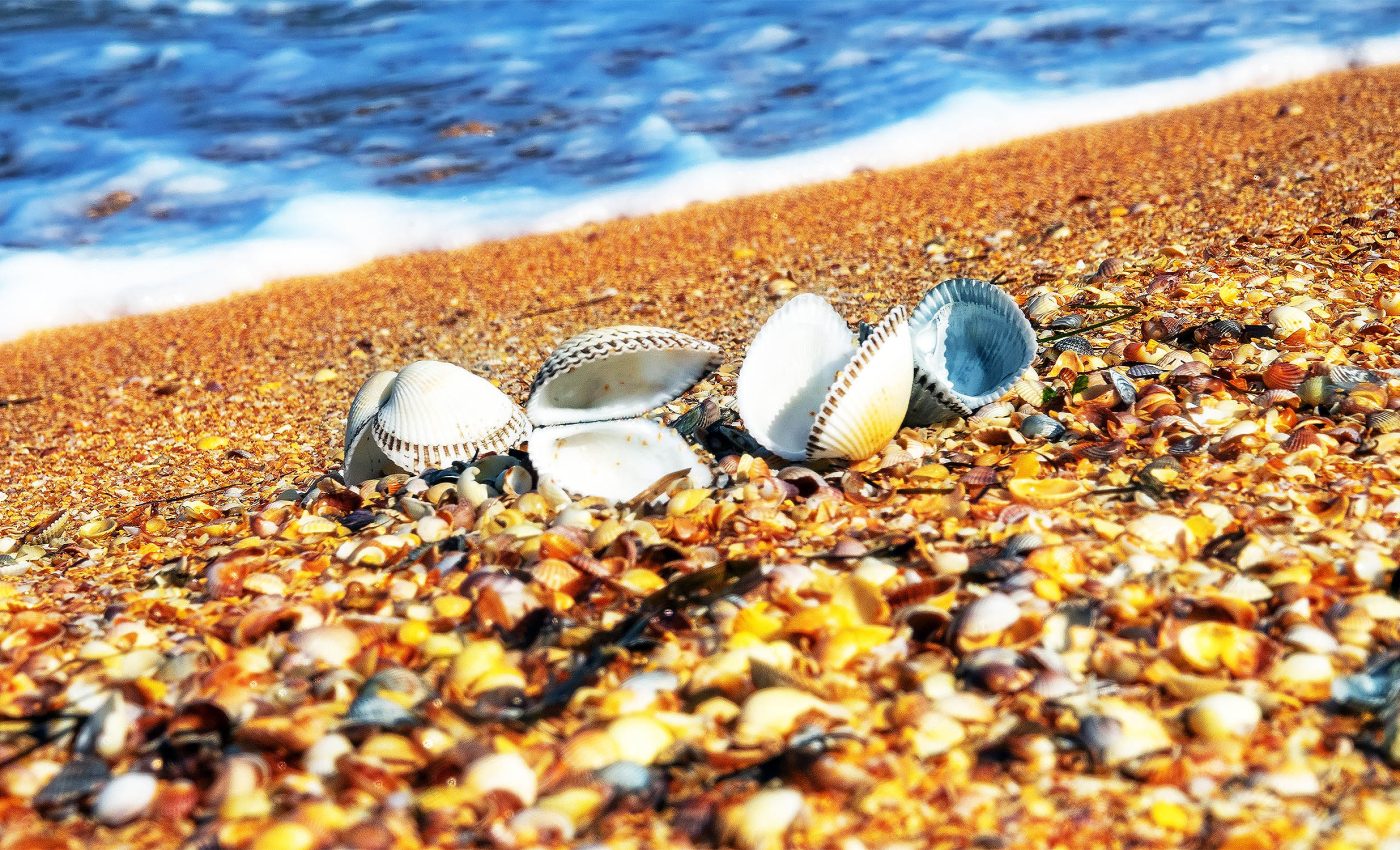
Mollusks had spiny armor and no shells 500 million years ago
A recent discovery has revealed an enduring mystery about mollusks: the origins and evolution of these ancient invertebrates.
The traces of a half-billion-year-old spiny slug, a newly identified species known as Shishania aculeata, provide clear insights into the early evolution of mollusks.
This remarkable find sheds light on the history of invertebrates and offers a glimpse into the primitive world that shaped these resilient creatures.
Shishania aculeata and mollusk evolution
An international team of researchers has revealed unexpected findings about this new species.
Kept perfectly intact in the fossil record, Shishania aculeata was unearthed from eastern Yunnan Province in southern China, dating back to the early Cambrian, roughly 514 million years ago.
The most shocking discovery? These early mollusks resembled flat, shell-less slugs adorned with a protective spiny armor, as the newly discovered fossils reveal.
Early stages of evolution of mollusks
In contrast to the usual fossil specimens, Shishania does not bear a shell covering its body.
Its bottom was unarmored, boasting a muscular foot that enabled the slug to traverse the seafloor. This suggests that these shell-less, spiny slugs represent an early stage in molluscan evolution.
The lack of shell signifies one of the most significant times in the evolutionary history, the Cambrian Explosion.
This epoch witnessed a rapid blossoming of life forms, resulting in a diverse array of mollusks including snails, clams, and even intelligent beings such as squids and octopuses.
However, the breakneck speed of this evolutionary period left the fossil record with little evidence of early molluscan evolution — until now.
Wonders of Shishania aculeata
“Shishania gives us a unique view into a time in mollusk evolution for which we have very few fossils, informing us that the very earliest mollusk ancestors were armored spiny slugs, prior to the evolution of the shells that we see in modern snails and clams,” explained Associate Professor Luke Parry from the University of Oxford.
The scientists discovered microscopic details inside Shishania’s spiny cones that demonstrated how these structures were secreted during life.
These spines exhibited an internal system of canals less than a hundredth of a millimeter in diameter. This suggests that the cones were secreted at their base by microvilli, tiny protrusions of cells that increase the surface area, akin to our intestines where they aid food absorption.
The method of secreting these hard parts is like a natural 3D printer, enabling many invertebrate animals to produce hard parts with diverse shapes and functions.
Unpacking the complex history of Shishania’s lineage, a co-author Jakob Vinther from the University of Bristol said, “We know that the common ancestor of all mollusks alive today would have had a single shell, and so Shishania tells us about a very early time in mollusk evolution before the evolution of a shell.”
New chapter in mollusk evolution
The discovery opens a new chapter in understanding early mollusks evolution.
“Soft-bodied mollusks have a very limited fossil record, and so these very rare discoveries tell us a great deal about these diverse animals,” noted Xiaoya Ma, co-corresponding author from Yunnan University and the University of Exeter.
This milestone discovery highlights the treasure trove of early animal fossils hidden beneath the Cambrian rocks of Yunnan Province.
The findings serve as a testament to the incredible diversity, adaptability, and resilience of life on Earth over billions of years.
Implications for modern science
The implications of the discovery of Shishania aculeata extend beyond understanding the evolutionary history of mollusks; it also offers insights into contemporary biological research and conservation efforts.
By studying the adaptations and survival strategies of these ancient organisms, scientists can gain valuable information about how current molluscan species might respond to environmental changes, such as climate change and habitat loss.
This knowledge is crucial as we work to protect biodiversity and preserve ecosystems threatened by human activity.
Learning from Shishania aculeata
Moreover, the study of Shishania can inspire innovative approaches in biomimicry and materials science.
The unique structure of its spiny cones can inform the development of new materials that mimic natural designs, potentially leading to advancements in engineering and technology.
Understanding how these ancient creatures adapted their physical forms to survive in harsh environments can lead to breakthroughs in creating sustainable materials that are both resilient and eco-friendly.
As researchers continue to uncover more about the early evolutionary stages of mollusks, the lessons learned from Shishania aculeata may illuminate not only the past but also shape the future of science and conservation efforts in our rapidly changing world.
The full study was published in the journal Science.
—–
Like what you read? Subscribe to our newsletter for engaging articles, exclusive content, and the latest updates.
Check us out on EarthSnap, a free app brought to you by Eric Ralls and Earth.com.
—–














